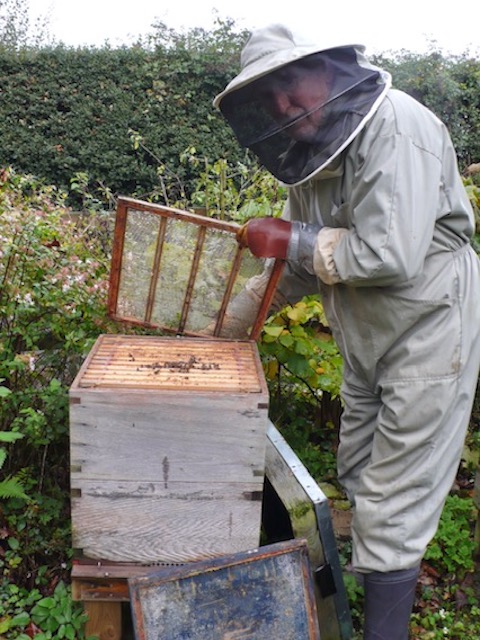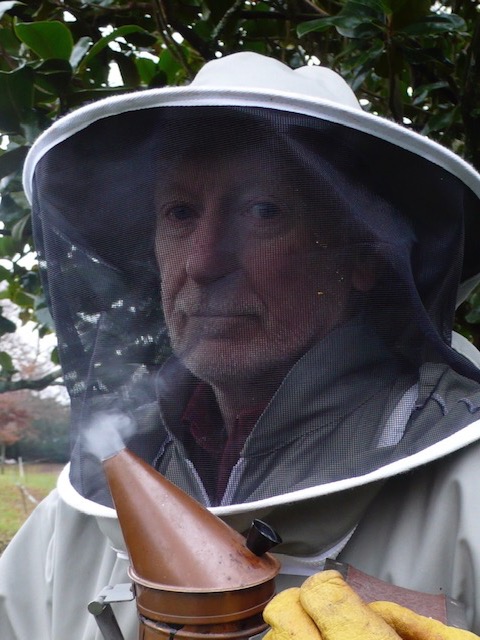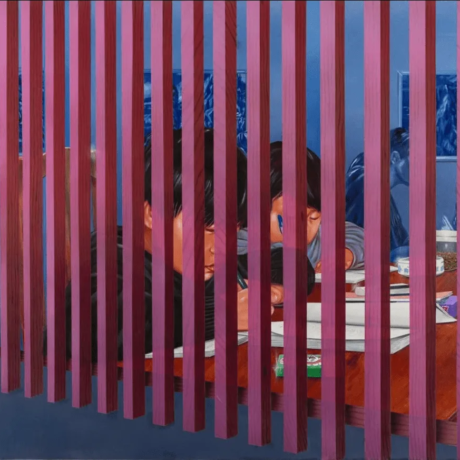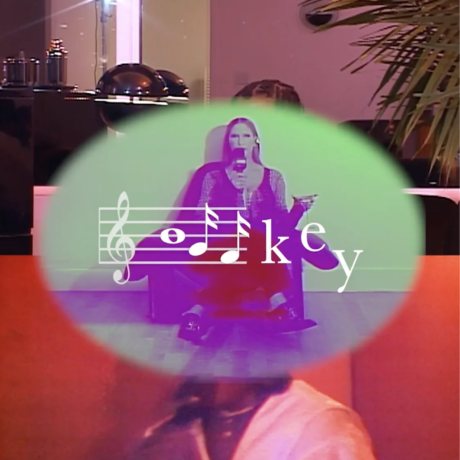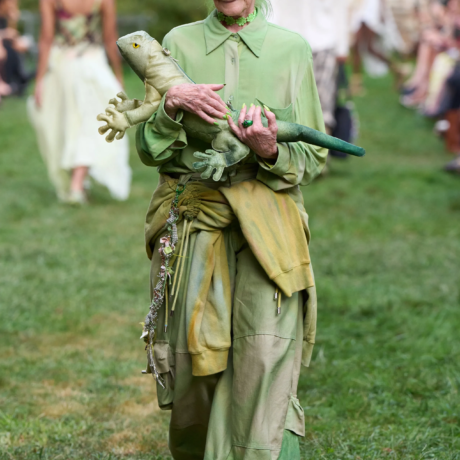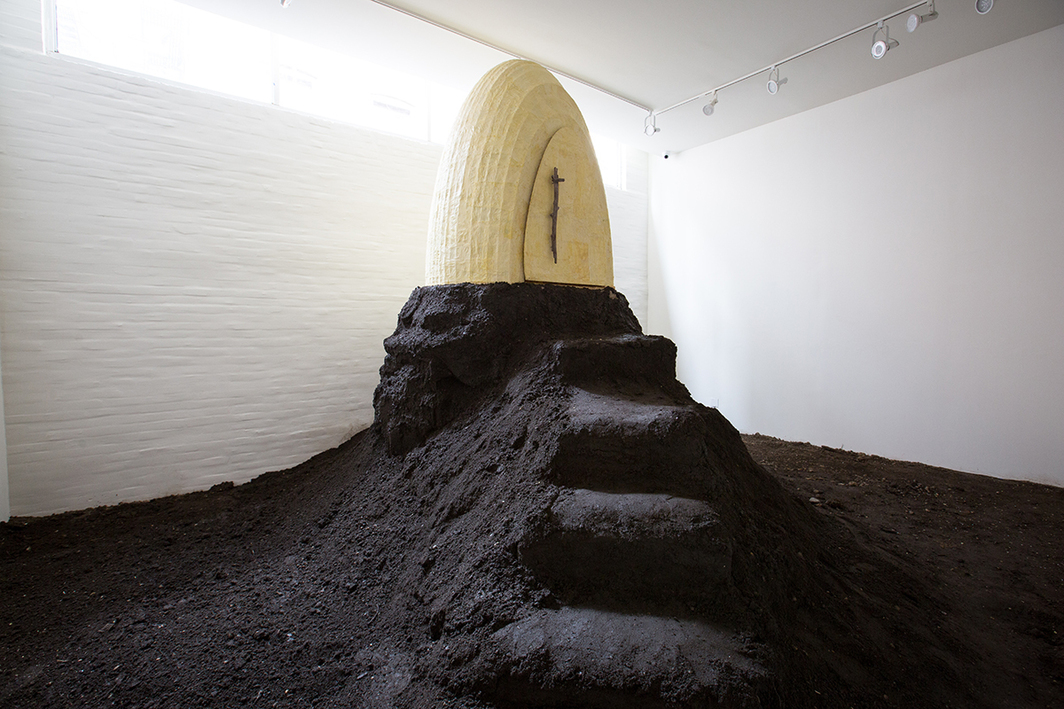
For artist Terence Koh, a beehive shows us a different kind of civilization, an ego-less utopia run by females where individuals become a single, perfectly functioning organism. Unlike us, they are uncorrupted and uncorruptible. It’s a far-out view, but with his series of Bee Chapels—a miniature one-person chapel which contains a living bee-hive fenced off by mesh—he hopes that a few moments close to bees might induce a spiritual awakening; a person might become more bee. “Bees are almost a living manifestation of God. Because we are imperfect vessels as humans, we strive to get to maybe what bees are like,” he says.
When a visitor enters Koh’s Bee Chapel their first reaction, says the artist, is usually fear. Only once they see the safety mesh do they relax. “It’s magical when you go into the Bee Chapel, to be in such a confined space with the living beehive. You use all the senses in one singular moment. Pollen and bits of honey drop down. It’s honey that has been next to baby bees and royal jelly, it’s a way of tasting that is beyond using our tongues,” he says. For Koh, communing with bees can give us a profound sense of what it means to be alive. With the help of curator Rowena Chiu, the artist is bringing his bee chapel to the Royal Society of Sculptors in London next summer.
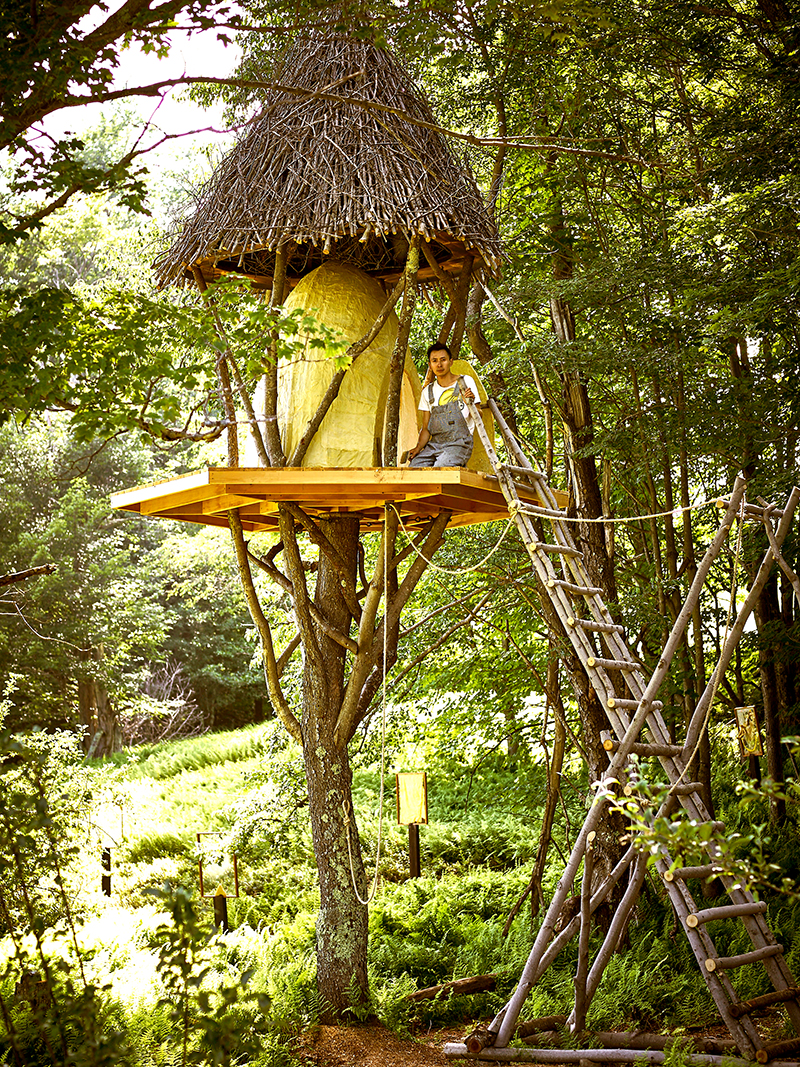
In Exomind by Pierre Huyghe, bees become consciousness itself, as a swarm covers a female figure’s head. The concrete sculpture, which crouches in an animal-like pose, develops a distorted head as the bees build up their hive. The figure’s surreal appearance is so ambiguous that she could be prehistoric or futuristic. The bees’ activity becomes symbolic of brain activity, of a buzzing mind. By placing the hive within a garden, viewers get to see the bees go about collecting pollen and pollinating the flowers.
“Bees are almost a living manifestation of God”
It is these behaviours, busyness and pollination, that drew filmmaker Mikhail Karikis towards bringing bees into his work. Trying to explain pollination to a group of schoolchildren in Middlesborough, he found the best way to make them understand was for them to imagine themselves as bees. He showed them images of children and elderly people on farms in Sichuan province China, where these low-paid workers use paintbrushes dabbed between flowers to pollinate crops of apples and pears, in the place of bees, who would have pollinated them before overuse of pesticides decimated their numbers. To begin with the children found the images exciting: “We could do that and get money—yeah!” until after a little reflection they came to a more sober conclusion: “Save the bees… Yeah just save the bees.”
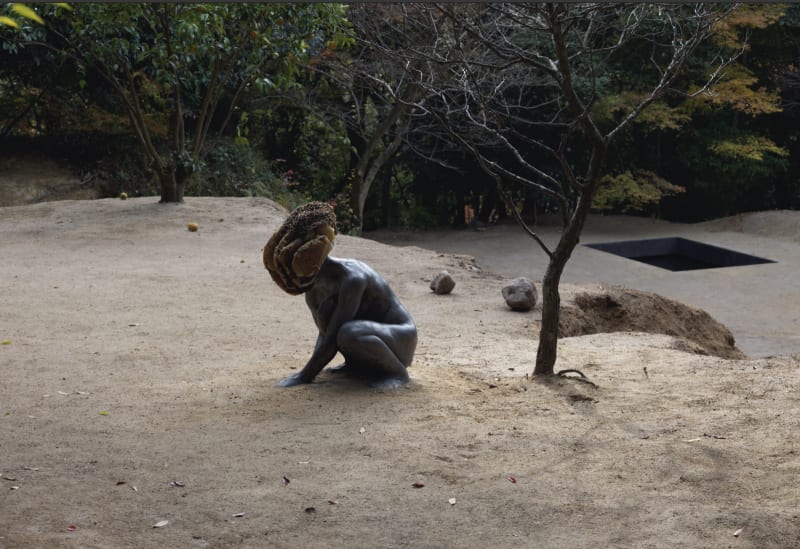
“Most of my work, especially with young people, is about what they inherit: an ecological dystopia, a post industrial landscape, unemployment. In Becoming Insect I wanted to explain to young kids about the labour bees do and in what way this is vital for human existence,” says Karikis.
The focus of his films is not only environmental consequences; like Koh, he considers the structure of bee communities as some kind of socialist utopia in which everyone works towards the greater good of the planet. The images of Chinese workers show the old and young being exploited on very low pay. In Karikis’s film Children of Unquiet, currently on show at Middlesborough Institute of Modern Art, kids read from a text about how bees’ work is beneficial to both us and them, and that this is a kinder more harmonious social structure compared to the exploitation and rampant individualism of some examples of capitalism.
- BIll Woodrow as a beekeeper
The symbiosis of humans and bees—as well as the threat to these creatures—drew artist Bill Woodrow towards making work about them. Partly driven by environmentalism, part fascination and wonder, he started off in 1996 with a series of sculptures based around the theme of a beekeeper. These took various forms, with the beekeeper figure occasionally appearing as a rather hapless marionette not quite in control of his environment. As Woodrow became more interested in bees as a theme, his interest extended to bees in real life. His magic moment happened on a beekeeping course when the instructor tapped a swarm from his hand to Woodrow’s—where it remained hanging from his fingers in perfect unity and peace.
“Most of my work, especially with young people, is about what they inherit: an ecological dystopia”
“They were in a big mass, as though they were hanging off a branch. It was a beautiful experience. They have a very delicate touch to them, with a slight movement, but you can hardly feel it. Their temperature is constant, because they are in a swarm, and their aim is to keep their queen at a constant temperature. She is in the swarm. They are only interested in her, not in you. They only become interested in you if they think you are a threat to them,” says Woodrow.
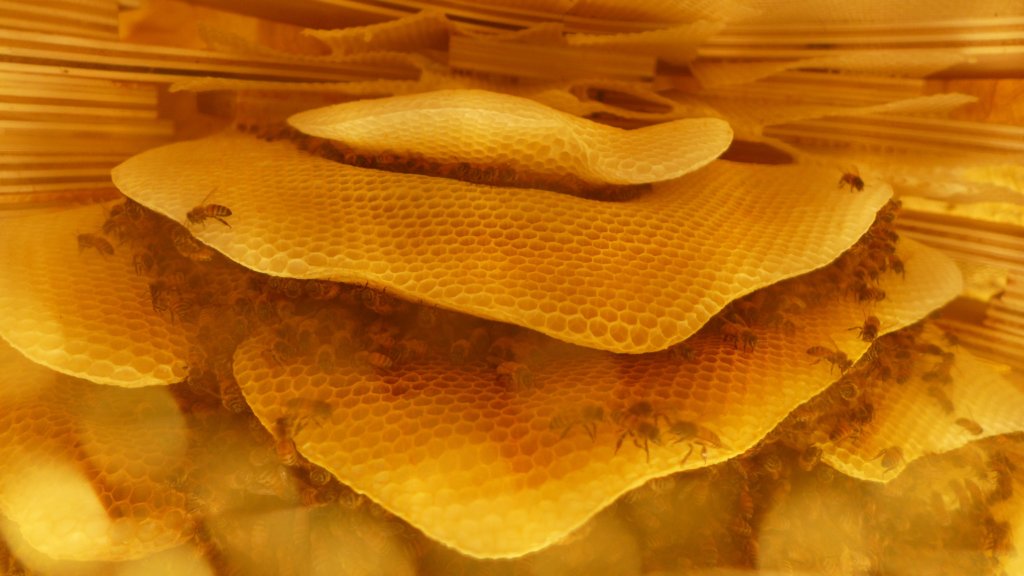
Woodrow took this experience and made it into a series of sculptures of objects covered in bees: a clock, a crucifix, a missile, a cello. His interest was formal—he liked how they looked—as well as conceptual. Ideas resonate about time and the planet, how long we might have left, when bees cover a clock in his work. In a sculpture titled Drone, Woodrow draws on political resonances about religion and war; casts of male drone bees swarm a crucifix, which is set into a textile printed with drones: larger flying beasts, used by the West in the Middle East.
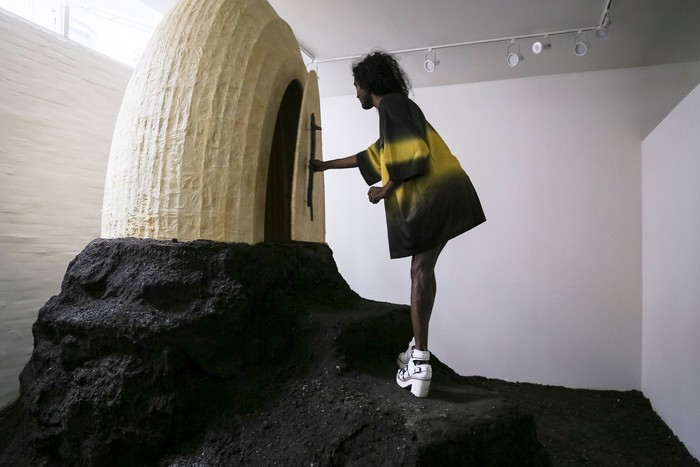
More than twenty years since he first used bees, Woodrow is not done yet. “The more I discover, the more I realize how important this relationship between humans and bees is. They are responsible for producing most of our food in one way or another. Bees are a good indicator of the condition of the world,” he says.
Declining bee populations offer a warning sign about the health of the plant, like the canaries taken down coal mines, whose death signalled that the air had become toxic with carbon monoxide. Bees’ sensitivity means the small shifts that go unnoticed by us can be catastrophic for them. We might do well to become more bee.
